- The Sukhoi Log gold deposit in the Far East of Siberia has 40 million ounces of proven gold reserves
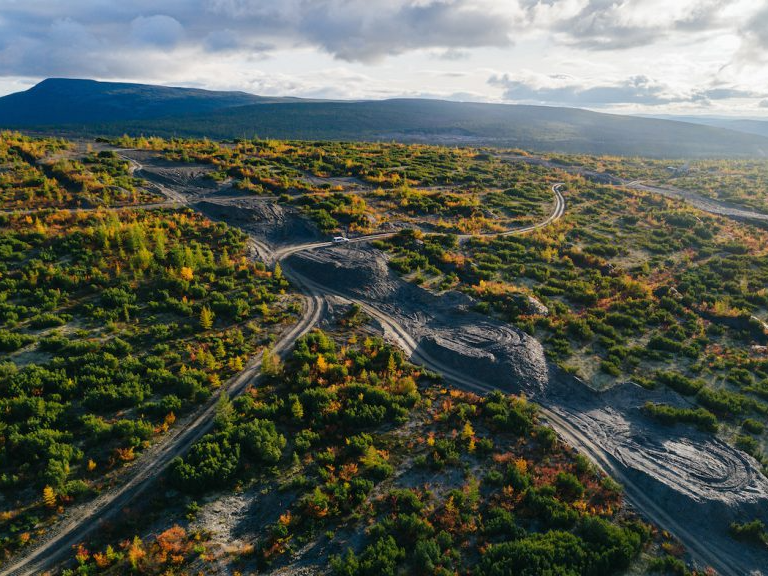
Russia's largest gold producer Polyus said on October 22 that its giant Sukhoi Log gold deposit in Siberia has the largest reserves in the world, whether it is undeveloped assets or operating mines.
The company said that in accordance with international JORC standards, the deposit has 40 million ounces of proven gold reserves. This means that Sukhoi Log owns one-fifth of Russia's total gold reserves.
Based on proven reserves, this also makes Polyus the second largest gold miner in the world.
The asset is 540 million tons of ore, with an average grade of 2.3 grams of gold per ton. The asset size is slightly larger than Seabridge’s KSM project in Canada (the project is estimated to have 38.8 million ounces of gold) and its reserves in Alaska are estimated to be 33.8 million ounces of gold. Donlin Gold,
"We are satisfied with the results." Pavel Grachev, the company's chief executive officer, said in a statement: "The first release of ore reserves estimates is an important milestone in Polyus' long-term development strategy. It also confirms that Sukhoi Log is the world's highest The status of a horizontal gold mine."
Sole shareholder
In 2017, Polyus and its partners purchased the development rights of Sukhoi Log from the Russian government.
The gold producer will soon become the sole owner of this huge deposit. In September 2020, the company agreed to pay 128.2 million U.S. dollars to accelerate the acquisition of its partner, the Russian national defense group Rostec. This transaction will give Polyus a 22% margin that it does not already own.
The company also announced that the total gold production in the third quarter increased by 2% over the same period in 2019, reaching 771,000 ounces. It is estimated that gold sales have also increased by 36%, reaching $1.44 billion.
The production and development plan for Sukhoi Log logs has not yet been announced. Sukhoi Log is located in the Far East of Siberia, nearly 6000 kilometers from Moscow. Polyus has built an airport locally to serve this remote place. The company had previously estimated that development costs would be approximately US$2.5 billion.
It is expected that a pre-feasibility study will be issued before the end of 2020.Editor/Huang Liju
Comment
 Praise
Praise
 Collect
Collect
 Comment
Comment
 Search
Search


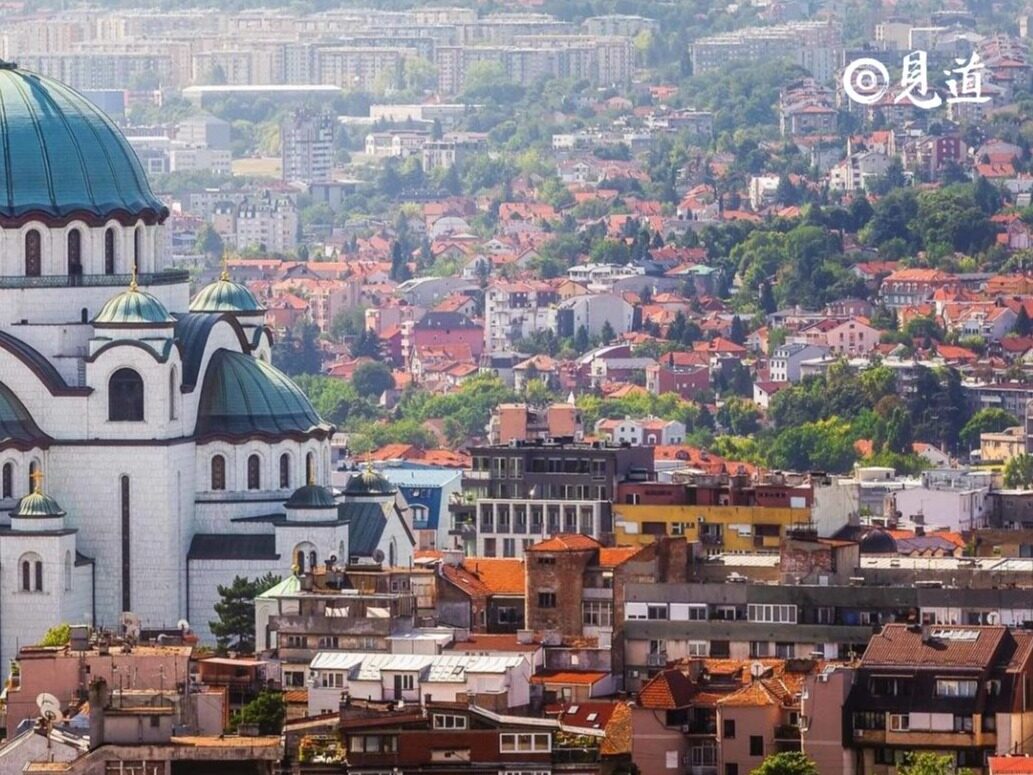

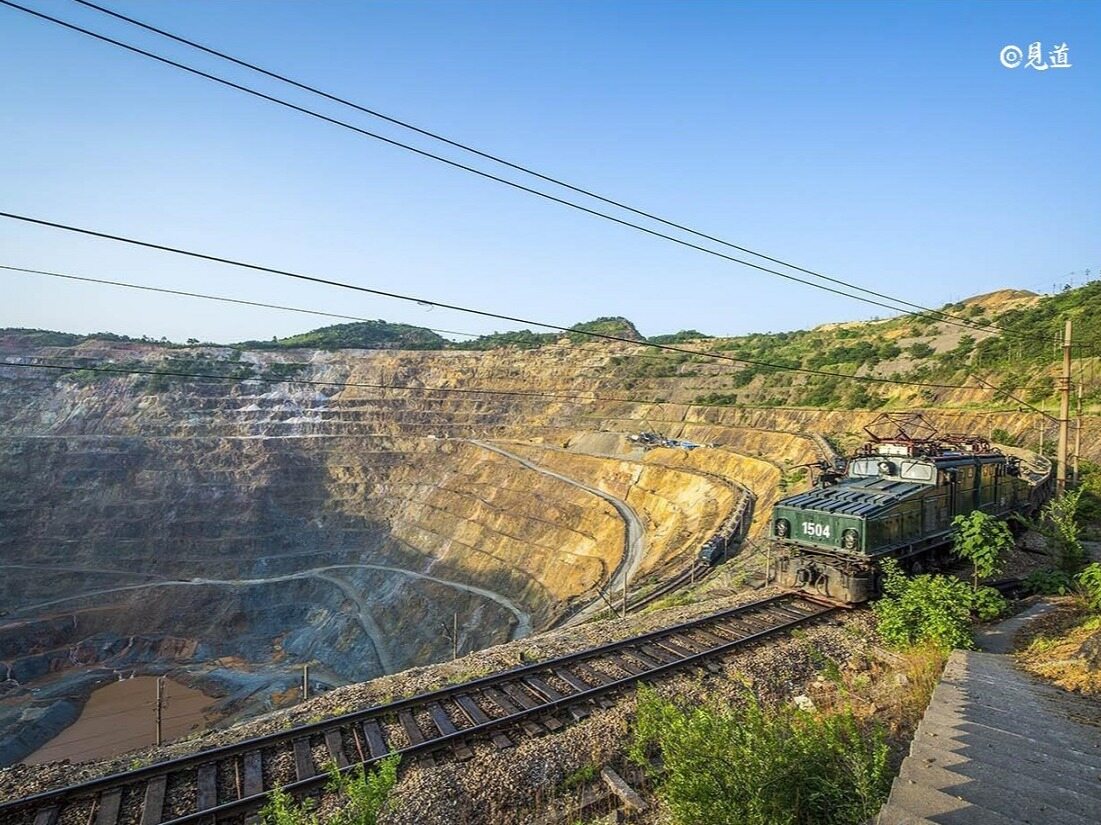
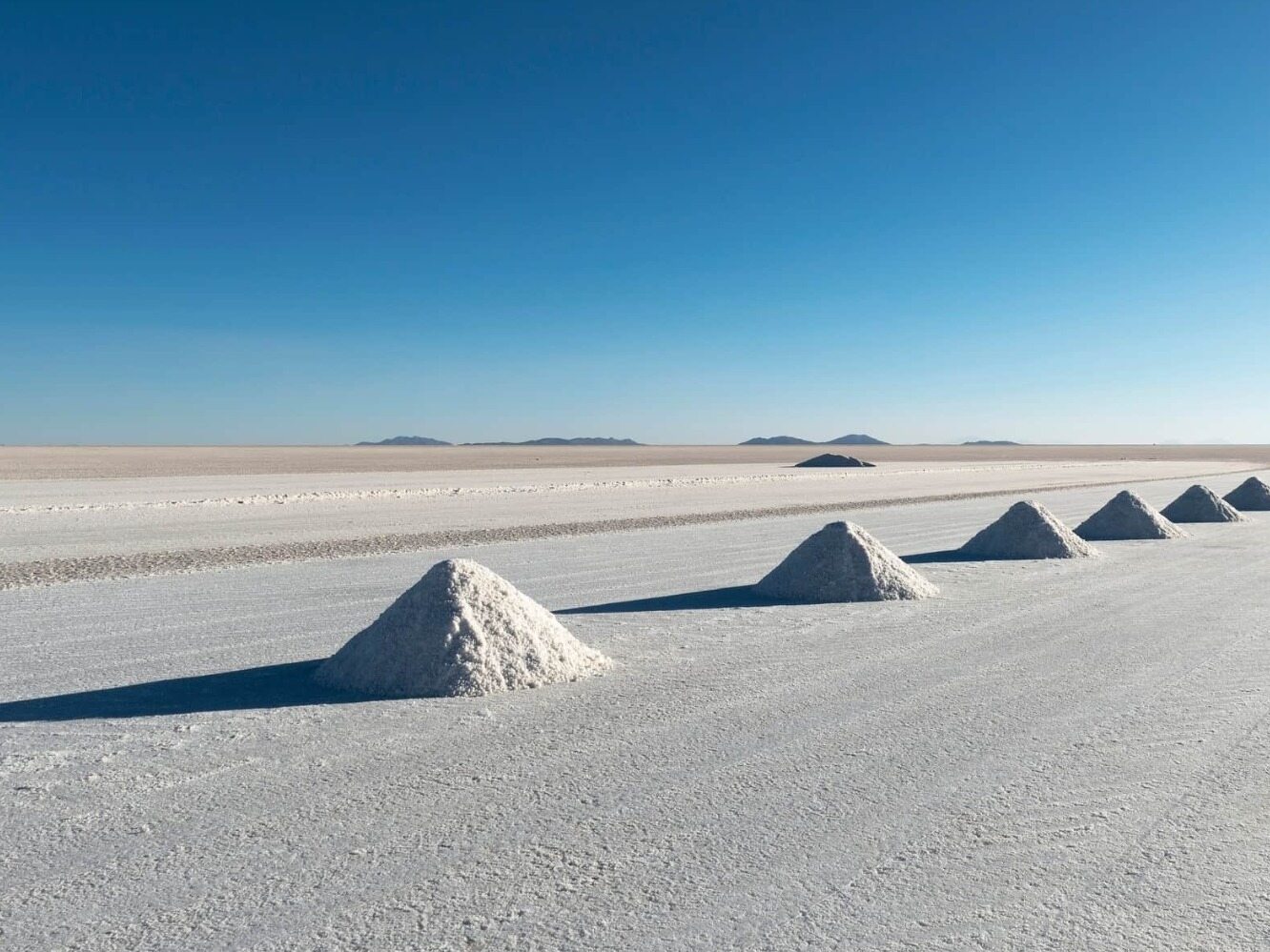
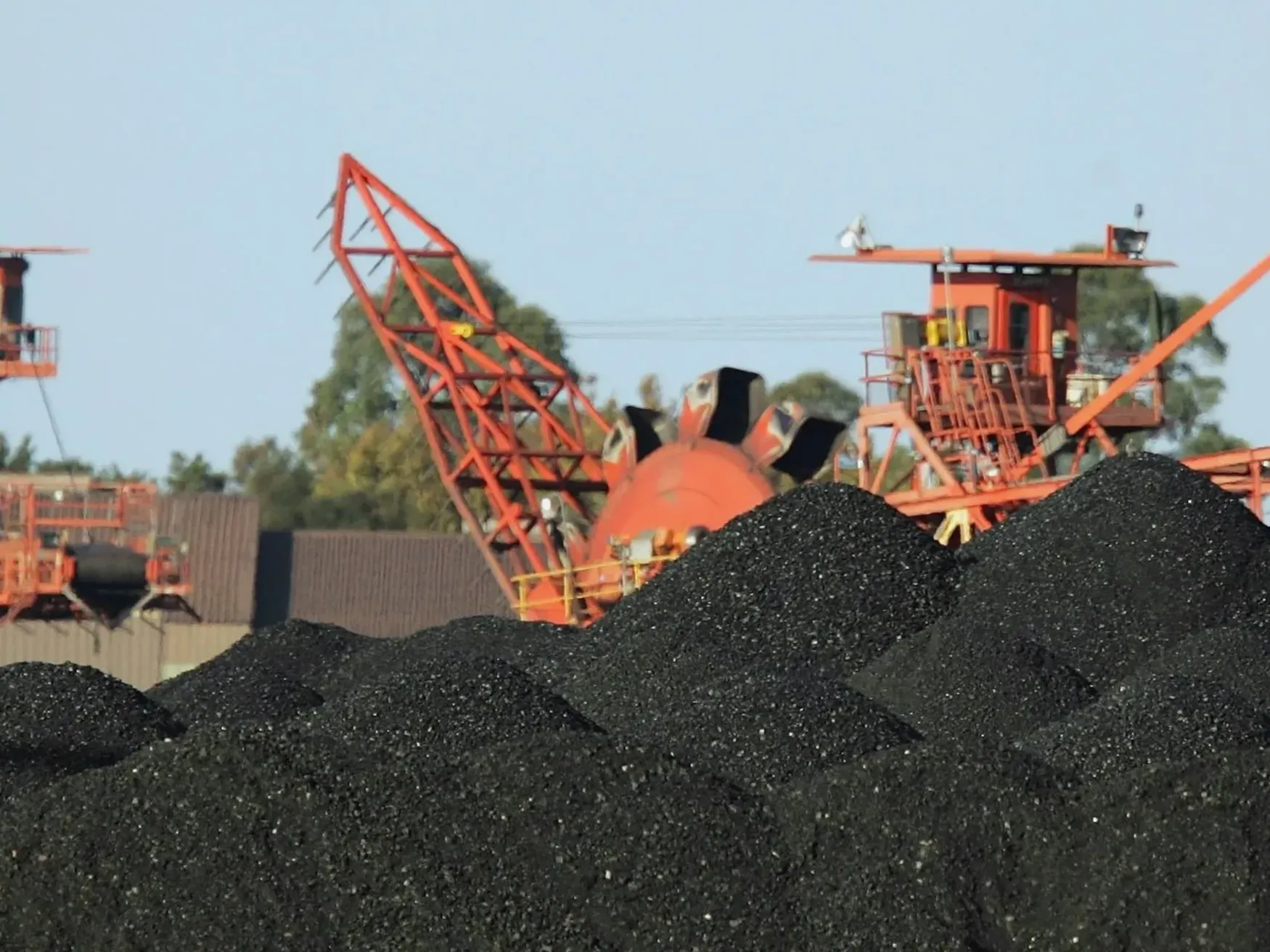
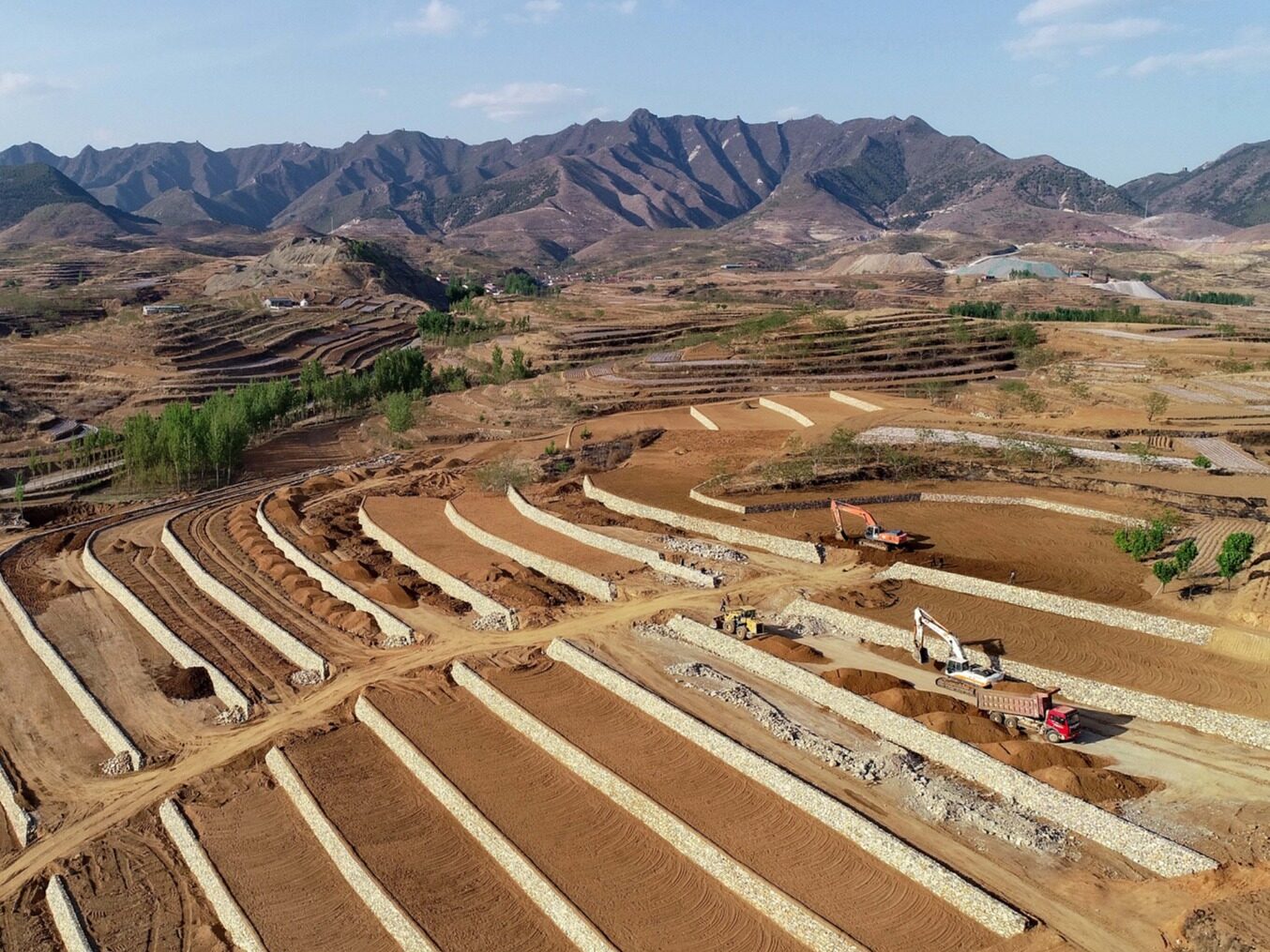






Write something~